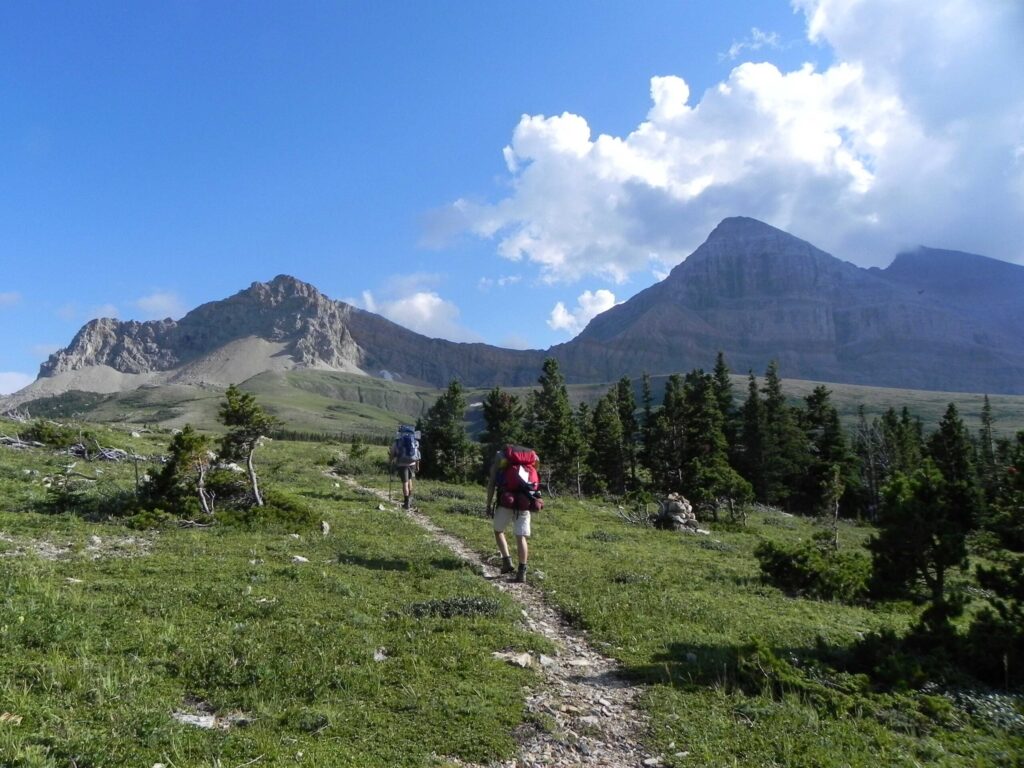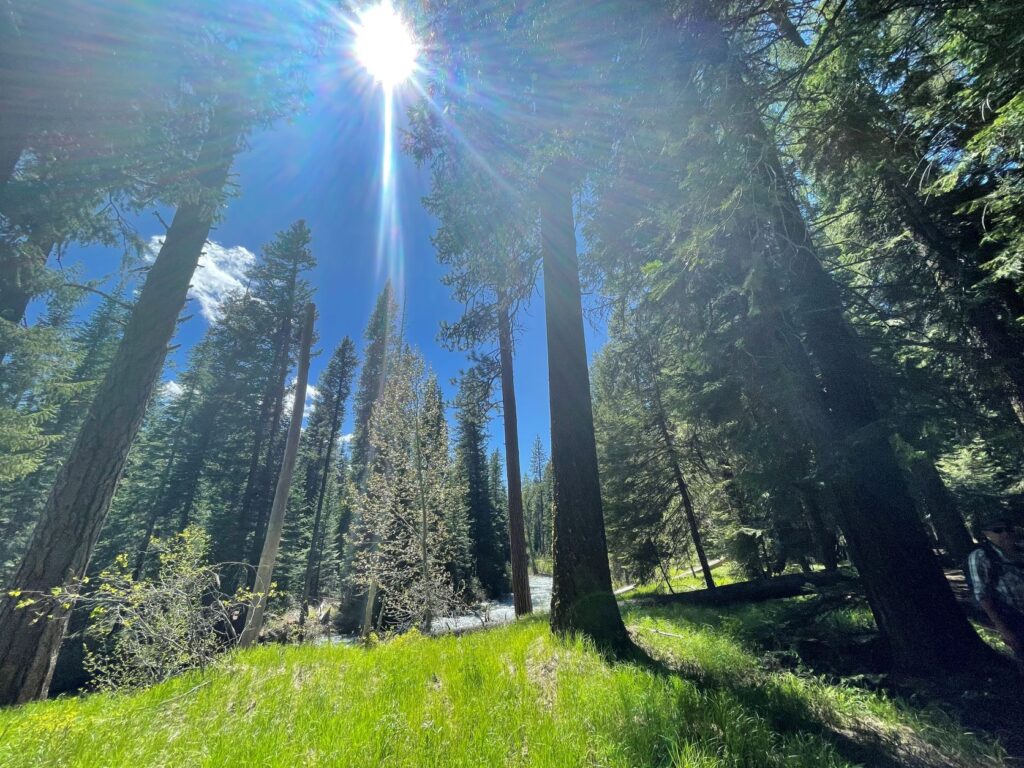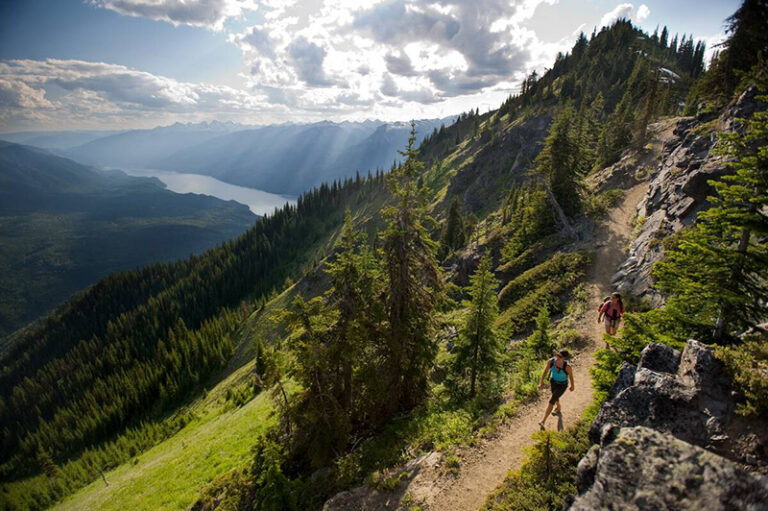It is not often that we hear good news coming out of Congress, particularly when it comes to conservation, wildlife, and our forest infrastructure, but there have been two recent pieces of legislation worth celebrating. The Great American Outdoors Act signed into law by President Trump and the Bipartisan Infrastructure and Jobs Act recently signed by President Biden are slated to add much needed funds to our public lands.
The Great American Outdoors Act has two key pieces. This act will provide $9.5 billion over five years to pay for the maintenance backlog in our National Parks System. It will also fully fund the Land and Water Conservation Fund (LWCF) to $900 million a year.
This fund uses fees and royalties from offshore oil and gas extraction to provide funds and matching grants to federal, state and local governments to acquire or place easements on land for the benefit of all Americans.

In the past, Congress has been able to divert most of these funds for other purposes. So far, the LWCF has helped states and communities conserve over 7 million acres for public uses.
The Bi-partisan Infrastructure and Jobs Act will allocate $1.2 trillion dollars over the next five years for a variety of infrastructure projects.
Although the bulk of this will go to much needed traditional infrastructure like roads, bridges, and airports, over $5.6 billion dollars will be going to green infrastructure. Specifically, there will be $3.4 billion for wildlife risk reduction and $2.1 billion for ecosystem restoration.
The bill will provide $500 million each to a variety of fire management activities including thinning projects, prescribed fires, fuel breaks, and mapping and defending at-risk communities. There are also funds for Community Wildfire Defense Grants and for the National Oceanic Atmospheric Administration for wildfire prediction, modeling, and forecasting.

Within the Infrastructure bill is the REPLANT Act (Repair Existing Public Lands by Adding Necessary Trees). Currently the National Forest System has a $30 million per year cap to plant trees, which has been in place since 1980.
With climate change and increased catastrophic wildfires, the Forest Service projects that they would need $183 million per year for 10 years to cover the back log of reforestation needs. The REPLANT Act calls for the planting of 1.2 billion trees over the next 20 years and will provide over 49,000 jobs.
The Forest Service hopes to increase their workforce by 20% through this funding, but they and other lands mangers, including Idaho Department of Lands, are concerned that they just can’t find the people to fill all these positions. Where once these agencies didn’t have enough money to be fully staffed, now they are worried that they don’t find enough people, so it’s a great time to look at careers in natural resources.



Funding green: The new Infrastructure and Jobs Act will help the U.S. Forest Service, like reducing wildfire risks. // Photos courtesy of the U.S. Forest Service.
Find more stories about environmental topics, including public lands, wildlife, green energy, and conservation, in the Nature column archives.













